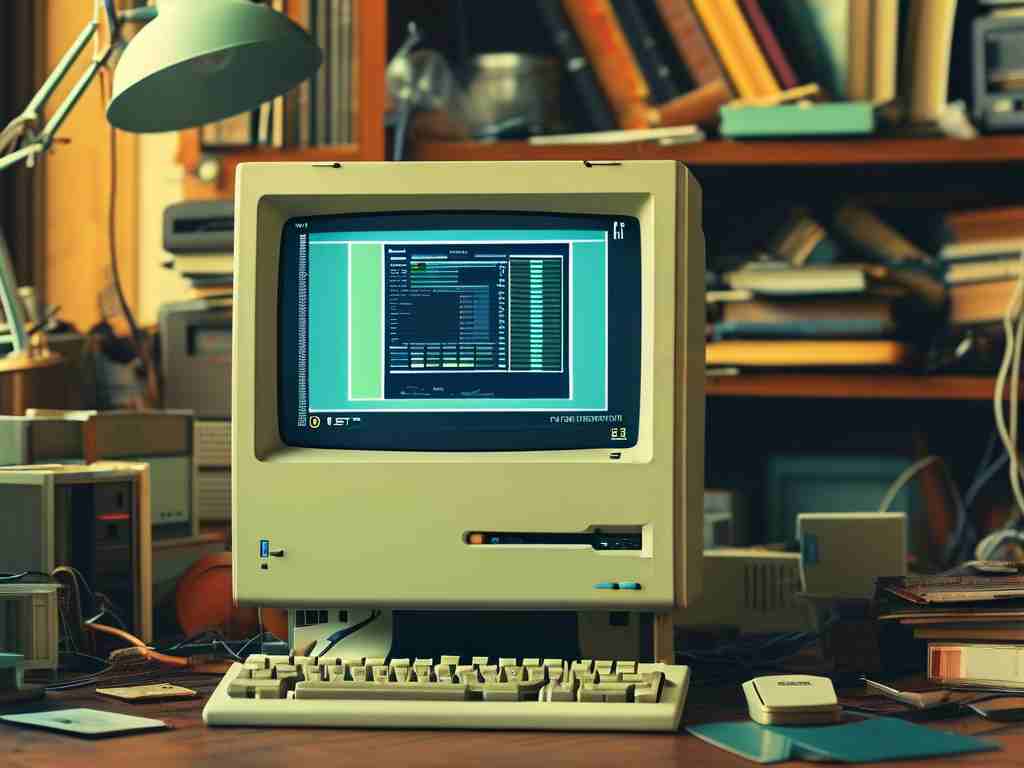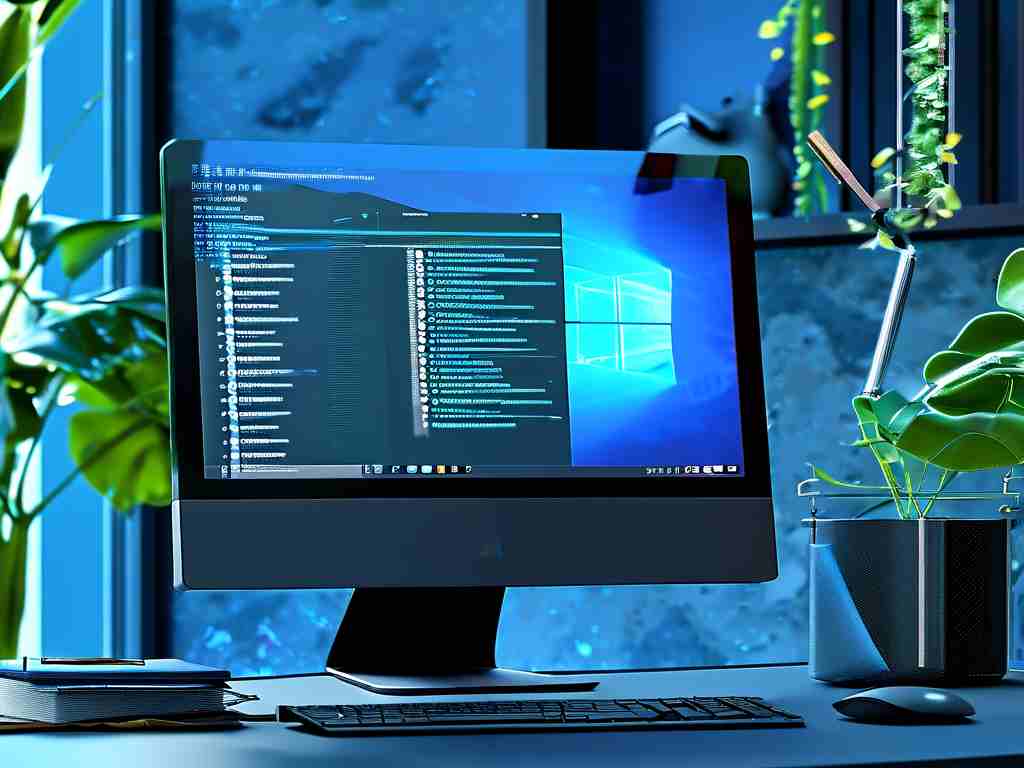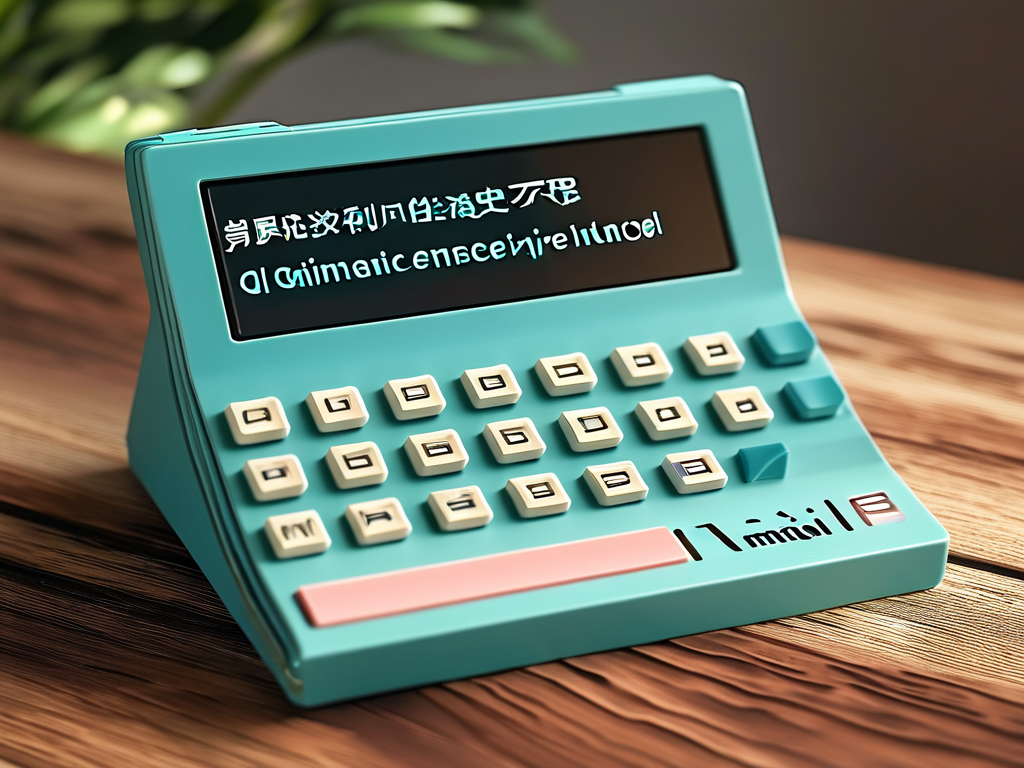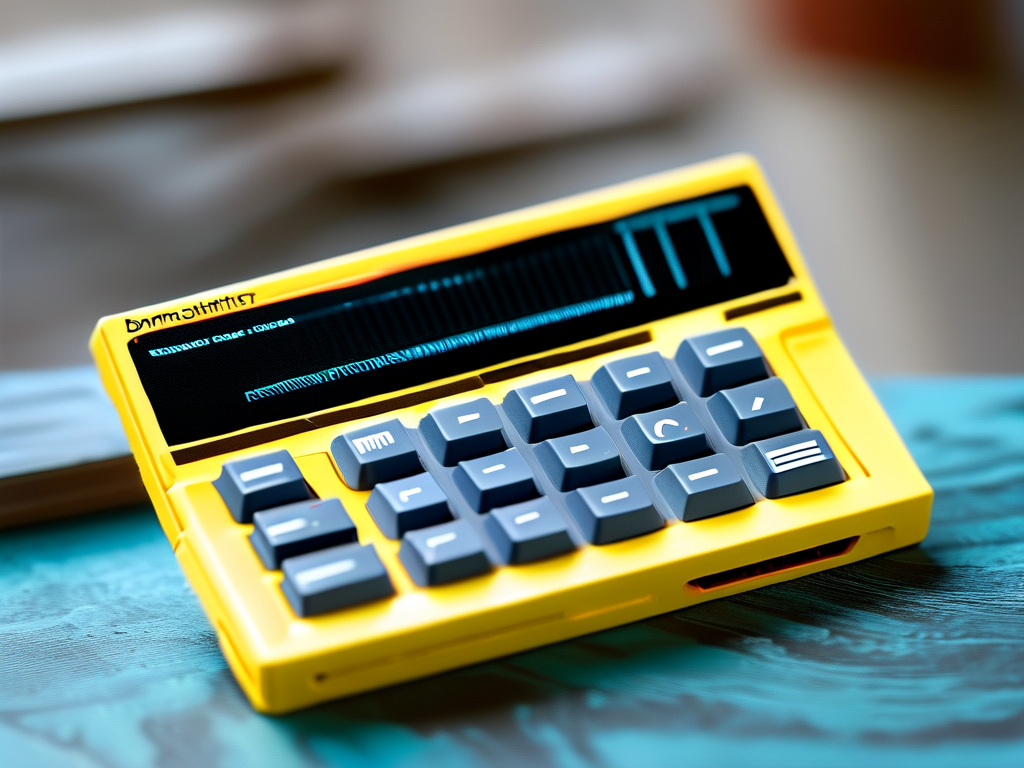As aging computers struggle with modern software demands, memory optimization becomes critical for extending their usability. This guide explores practical techniques to revitalize older machines through systematic memory management, blending software adjustments with hardware considerations.
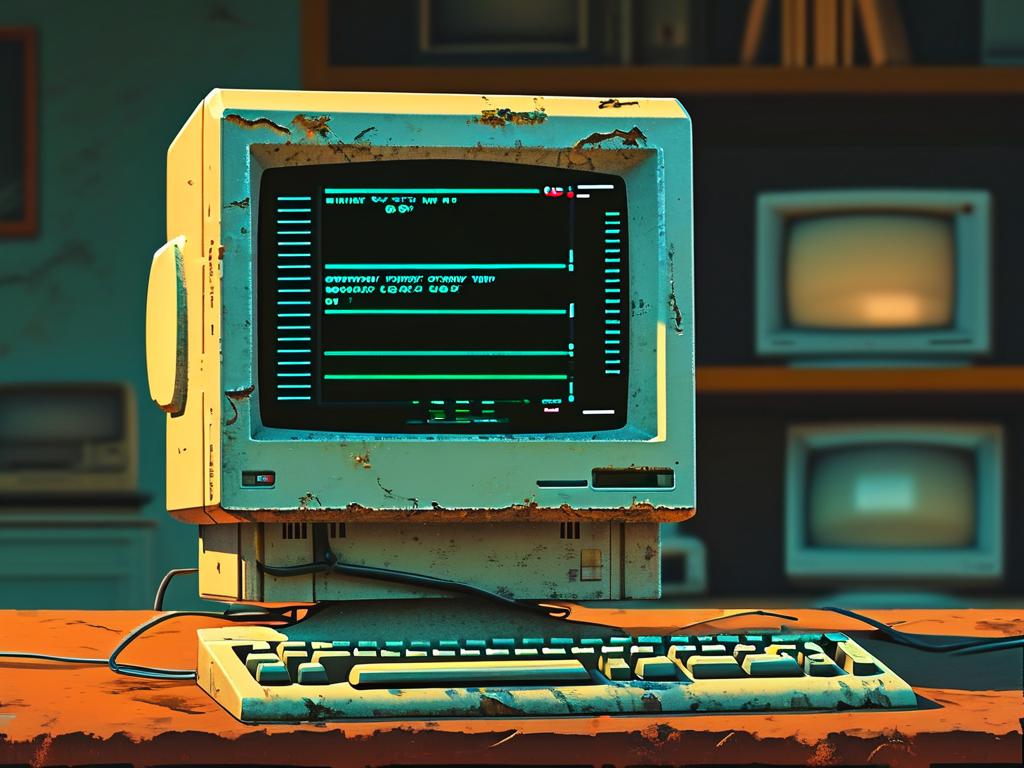
Understanding Memory Constraints
Older computers typically operate with limited RAM capacity (often 2GB-4GB) and mechanical hard drives, creating performance bottlenecks. When physical memory reaches saturation, systems resort to virtual memory stored on slower storage devices, causing noticeable lag. Recognizing these limitations forms the foundation for effective optimization strategies.
Software-Level Optimization
Begin by auditing background processes through the Task Manager (Windows) or Activity Monitor (macOS). Sort applications by memory consumption and terminate non-essential programs like automatic updaters or legacy utilities. For persistent memory leaks in essential applications, consider using lightweight alternatives – replace resource-heavy browsers with text-based options like Lynx for basic web tasks.
Adjust system visual settings to reduce memory overhead:
# Windows visual effects adjustment SystemPropertiesPerformance.exe
Disable transparency effects and animations through system preferences. Configure virtual memory allocation carefully, setting swap files to 1.5x physical RAM on dedicated drive partitions when possible.
Hardware Enhancement Options
For computers with upgradeable components, installing additional RAM modules provides the most direct improvement. Check motherboard specifications using command-line tools:
# Windows system information wmic memphysical get maxcapacity
Match memory type (DDR2/DDR3) and clock speeds when purchasing modules. Combine new and existing RAM sticks only if they share identical specifications to prevent compatibility issues.
Storage Optimization Techniques
Mechanical hard drives benefit significantly from regular maintenance. Schedule weekly disk cleanup sessions:
:: Windows disk cleanup cleanmgr /sageset:65535 & cleanmgr /sagerun:65535
Defragment drives monthly using built-in utilities, but avoid excessive writes on solid-state drives. For hybrid systems, relocate swap files to separate physical drives from the operating system installation.
Advanced Configuration Tweaks
Modify registry or plist settings to prioritize memory allocation for active applications. Adjust Windows SuperFetch configurations or macOS dynamic_pager settings to better suit older hardware profiles. Create custom power plans that favor performance over energy savings when connected to stable power sources.
Environmental Considerations
Ensure proper ventilation to prevent thermal throttling that indirectly affects memory performance. Dust accumulation in RAM slots can cause connection issues – clean contacts annually using isopropyl alcohol and anti-static brushes. Monitor memory health through utilities like MemTest86, replacing modules that show error correction patterns.
Alternative Operating Systems
Lightweight Linux distributions like Lubuntu or Puppy Linux can breathe new life into aging hardware. These systems typically require under 1GB RAM for basic operations while maintaining modern security updates. Test compatibility using live USB boot drives before permanent installation.
Scheduled Maintenance Routine
Implement weekly and monthly checklists:
- Clear browser caches and temporary files
- Review startup program entries
- Verify disk integrity
- Check for driver updates
- Test backup systems
For mission-critical legacy systems, consider virtualization options. Migrate aging physical machines to hypervisors like VirtualBox, allowing memory resource allocation adjustments while maintaining access to essential legacy applications.
When to Consider Retirement
Despite optimization efforts, computers using DDR2 memory or single-core processors may struggle with modern encryption standards and security protocols. Evaluate replacement costs against productivity losses – sometimes investing in modern low-end hardware proves more economical than maintaining obsolete systems.
Through these combined strategies, users can typically extend functional lifespan of older computers by 12-24 months. Document all modifications and maintain system restore points when making significant configuration changes. Remember that memory optimization forms part of broader system maintenance – pair these techniques with regular malware scans and component health checks for optimal results.


